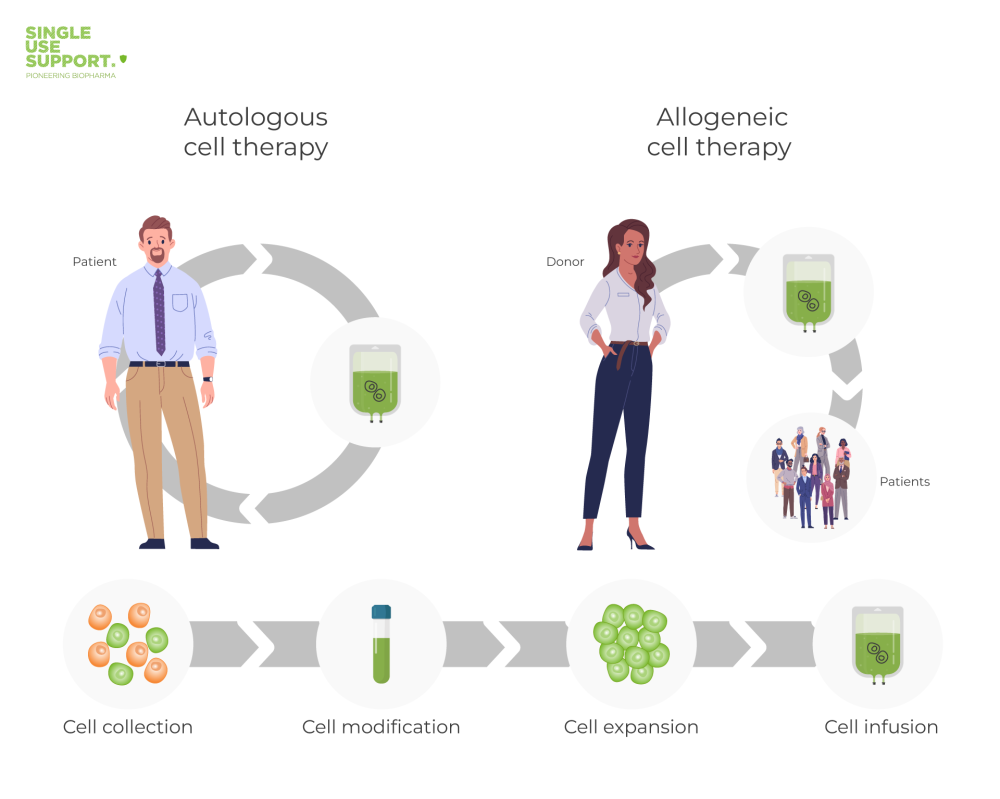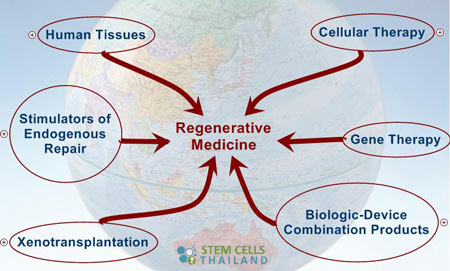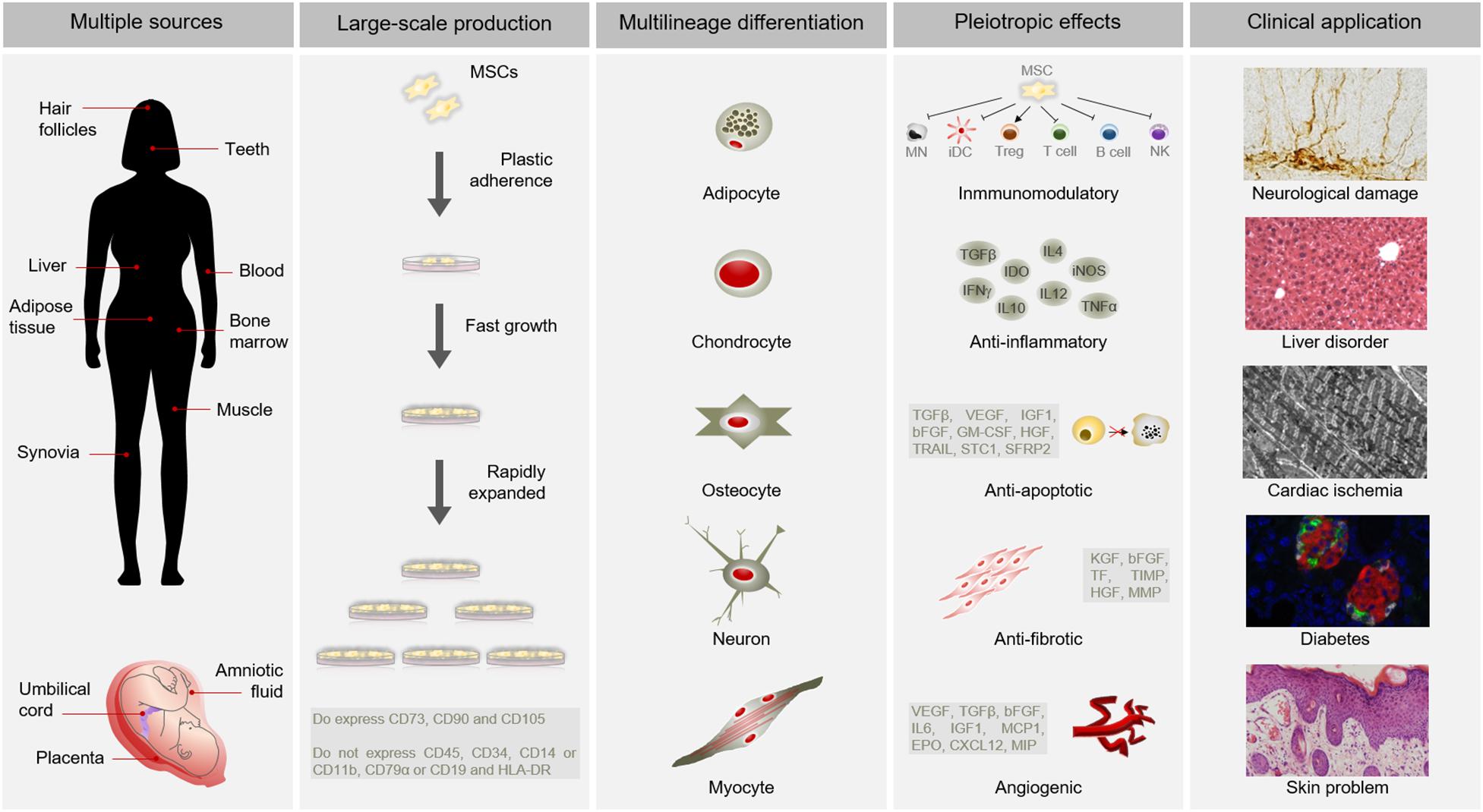Table of Contents

[/image][=video]
[/video]
By using the regenerative possibility of stem cells or various other regenerative cells, clinicians can advertise the formation of brand-new skin tissue, enhance blood vessel development, and stimulate the regrowth of harmed muscle or bone tissue. This has considerable effects for the treatment of persistent wounds, burns, and terrible injuries, possibly reducing recovery time and enhancing patient end results. However, cell regrowth treatment gives an unique approach to manage and possibly turn around the development of these problems.
By targeting the underlying root causes of degeneration, such as cartilage material deterioration or intervertebral disc deterioration, regenerative treatments aim to restore the integrity and function of affected tissues, relieving discomfort and enhancing flexibility.
While considerable progression has been made in developing different sources of stem cells, such as generated pluripotent stem cells, ethical issues still surround the area. Stabilizing the possible advantages of cell regeneration therapy with honest factors to consider and making certain liable study practices continue to posture difficulties for scientists and policymakers. In spite of significant progress, there are still technical limitations to get rid of in cell regrowth therapy.
The specific control and adjustment of cell behavior and differentiation are likewise areas that require further improvement. Resolving these technological limitations is critical to progressing the field and enabling even more people to profit from cell regrowth treatment. Governing paths and approval procedures for cell regeneration treatment present considerable obstacles. The fast-paced nature of clinical improvements commonly surpasses the governing frameworks, producing a demand for flexibility and effectiveness in examining and authorizing brand-new treatments.
Perimenopause Treatment around Lansing

The possible applications of cell regrowth therapy are substantial and varied. In the future, we may see regenerative therapies becoming common treatments for a variety of problems, including neurological disorders, heart diseases, and musculoskeletal injuries. Research study into cells and organ regeneration might result in the development of functional substitutes for damaged organs, minimizing the need for hair transplant.
The prevalent fostering of cell regrowth therapy might have an extensive impact on healthcare systems worldwide. By using even more effective and targeted therapies, cell regrowth therapy has the prospective to minimize health care prices connected with chronic conditions and long-term treatment. Shorter healing times, boosted end results, and fewer difficulties can cause substantial enhancements in patient lifestyle.
Researchers have lengthy tried to comprehend the body's recovery processes and utilize them in the treatment of injury and degeneration. Part of the body's flexible responses to injury originates from mobile parts and factorssuch as platelets and certain sorts of cellsand materials made by or included within them. The results put in by these cellular factors help in tissue reconstruction and regrowth in a healthy and balanced body.
Assist produce an environment for tissue recovery, via regulating swelling and boosting neighborhood cells and bioactive proteins. The goal of biologic therapy is to improve the healing and local atmosphere of damaged tissues be it muscles, tendons, ligaments, cartilage, joints, fascial, or nerves. It is likewise presently being made use of to address the discomfort and swelling that accompany degenerative problems, such as arthritis.
While considerable development has actually been made in creating alternative resources of stem cells, such as induced pluripotent stem cells, honest concerns still surround the area. Balancing the possible advantages of cell regrowth therapy with moral considerations and guaranteeing accountable research techniques proceed to position challenges for scientists and policymakers. In spite of substantial progression, there are still technical constraints to overcome in cell regrowth therapy.
Medical Group
The precise control and control of cell actions and differentiation are additionally locations that call for more refinement. Addressing these technical restrictions is essential to progressing the area and permitting even more individuals to take advantage of cell regeneration therapy. Regulative pathways and approval procedures for cell regrowth therapy existing substantial challenges. The fast-paced nature of clinical advancements typically outmatches the regulative structures, creating a requirement for versatility and effectiveness in evaluating and approving new treatments.
The potential applications of cell regeneration therapy are large and diverse. In the future, we might see regenerative treatments ending up being typical therapies for a wide variety of problems, including neurological disorders, cardiovascular illness, and musculoskeletal injuries. Research right into cells and body organ regrowth may lead to the development of useful replacements for harmed body organs, minimizing the need for hair transplant.
The extensive fostering of cell regrowth therapy might have a profound influence on health care systems worldwide. By supplying even more reliable and targeted therapies, cell regrowth therapy has the prospective to decrease health care expenses related to persistent conditions and long-term treatment. Much shorter recovery times, improved end results, and fewer problems might bring about considerable enhancements in patient quality of life.
Stem Cell Therapy local to Lansing
Scientists have lengthy tried to comprehend the body's recovery processes and utilize them in the treatment of injury and deterioration. Component of the body's flexible responses to injury originates from mobile parts and factorssuch as platelets and specific types of cellsand compounds made by or included within them. The results put in by these mobile variables assist in tissue reconstruction and regeneration in a healthy body.
Aid develop an atmosphere for tissue healing, with regulating swelling and stimulating local cells and bioactive healthy proteins. The objective of biologic treatment is to boost the recovery and regional setting of damaged tissues be it muscles, tendons, tendons, cartilage material, joints, fascial, or nerves. It is also currently being utilized to deal with the discomfort and swelling that come with degenerative conditions, such as arthritis.
While significant progress has been made in creating alternative resources of stem cells, such as generated pluripotent stem cells, ethical problems still surround the field. Stabilizing the possible benefits of cell regeneration treatment with ethical factors to consider and making sure liable study methods remain to present difficulties for scientists and policymakers. In spite of substantial progression, there are still technical restrictions to overcome in cell regeneration therapy.
Dealing with these technological limitations is important to progressing the field and enabling more individuals to profit from cell regrowth therapy. Governing pathways and authorization processes for cell regrowth therapy existing considerable obstacles.
The possible applications of cell regeneration treatment are substantial and varied. In the future, we may see regenerative therapies coming to be common treatments for a vast array of problems, consisting of neurological disorders, heart diseases, and bone and joint injuries. Research into cells and body organ regeneration might bring about the growth of practical substitutes for harmed body organs, lowering the need for transplantation.
Medical Group
The widespread adoption of cell regeneration therapy can have a profound influence on medical care systems worldwide. By supplying more efficient and targeted therapies, cell regrowth treatment has the potential to lower health care expenses linked with persistent conditions and long-term treatment. Shorter healing times, improved outcomes, and fewer complications can lead to considerable enhancements in patient lifestyle.

Scientists have long attempted to comprehend the body's recovery procedures and use them in the therapy of injury and deterioration. Part of the body's adaptive feedbacks to injury comes from cellular components and factorssuch as platelets and certain types of cellsand substances made by or included within them. The results put in by these cellular variables assist in tissue restoration and regeneration in a healthy body.
Assist create an atmosphere conducive to tissue recovery, through regulating swelling and boosting local cells and bioactive healthy proteins. The objective of biologic treatment is to enhance the recovery and neighborhood atmosphere of injured cells be it muscular tissues, tendons, tendons, cartilage material, joints, fascial, or nerves. It is additionally currently being utilized to resolve the discomfort and inflammation that accompany degenerative problems, such as arthritis.
Navigation
Latest Posts
Menopause Therapy local to Lansing, Michigan
Menopause Treatment
Medical Group around Lansing, Michigan